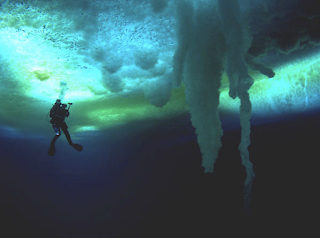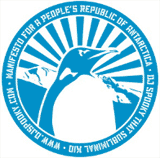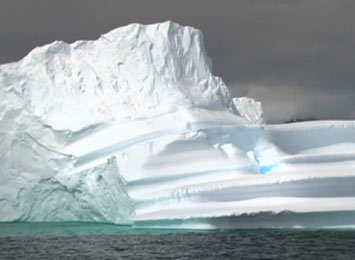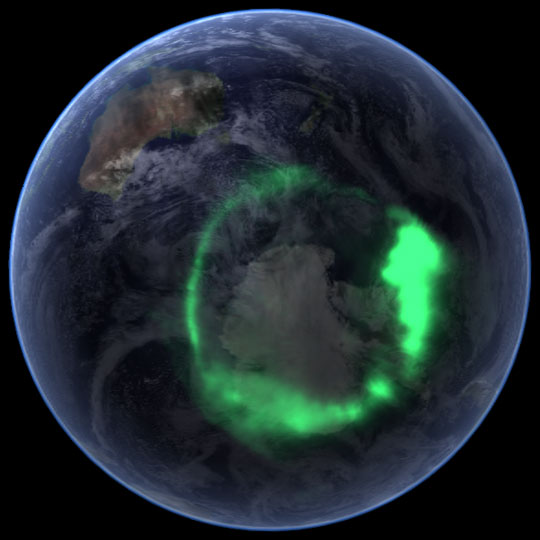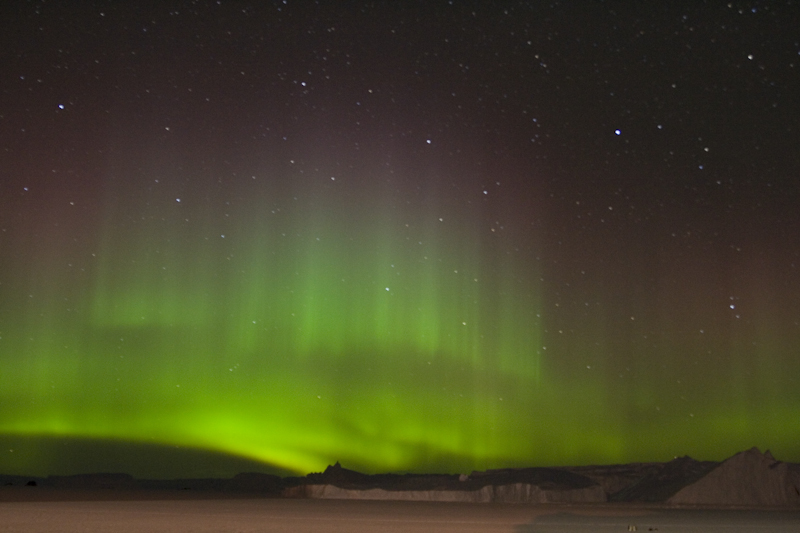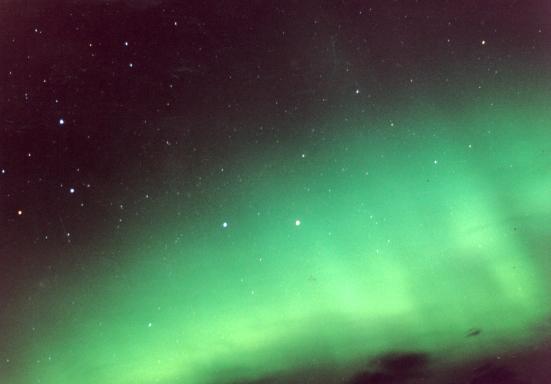 Anthony Powell
Anthony Powell has kindly given us permission to use some of his excellent footage as part of the Lightbox project.
Whilst working as Satellite Communications Tech at Scott Base, he is also a photographer who documents Antarctic landscapes, wildlife, aurora and bases. Anthony is a recipient of NSF Artists & Writers Grant and is currently working on a feature length time-lapse film.













